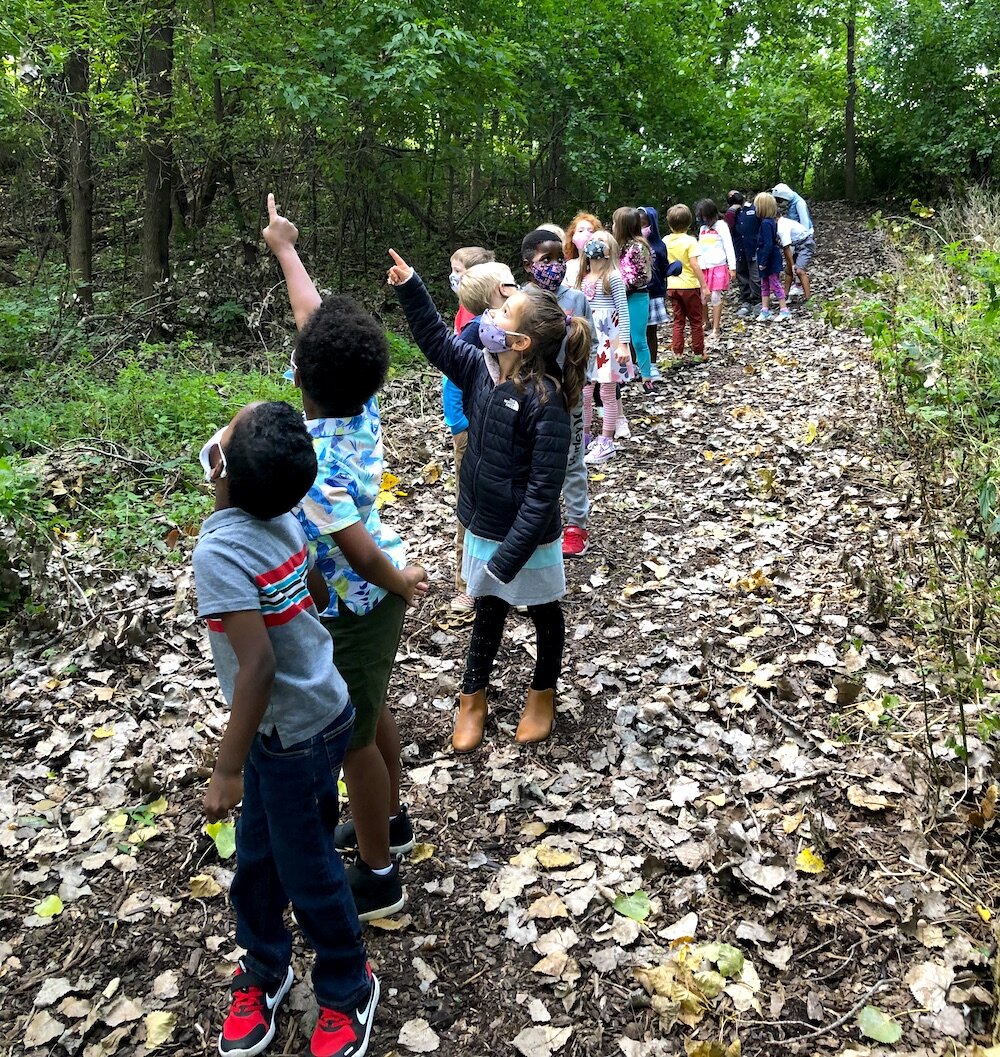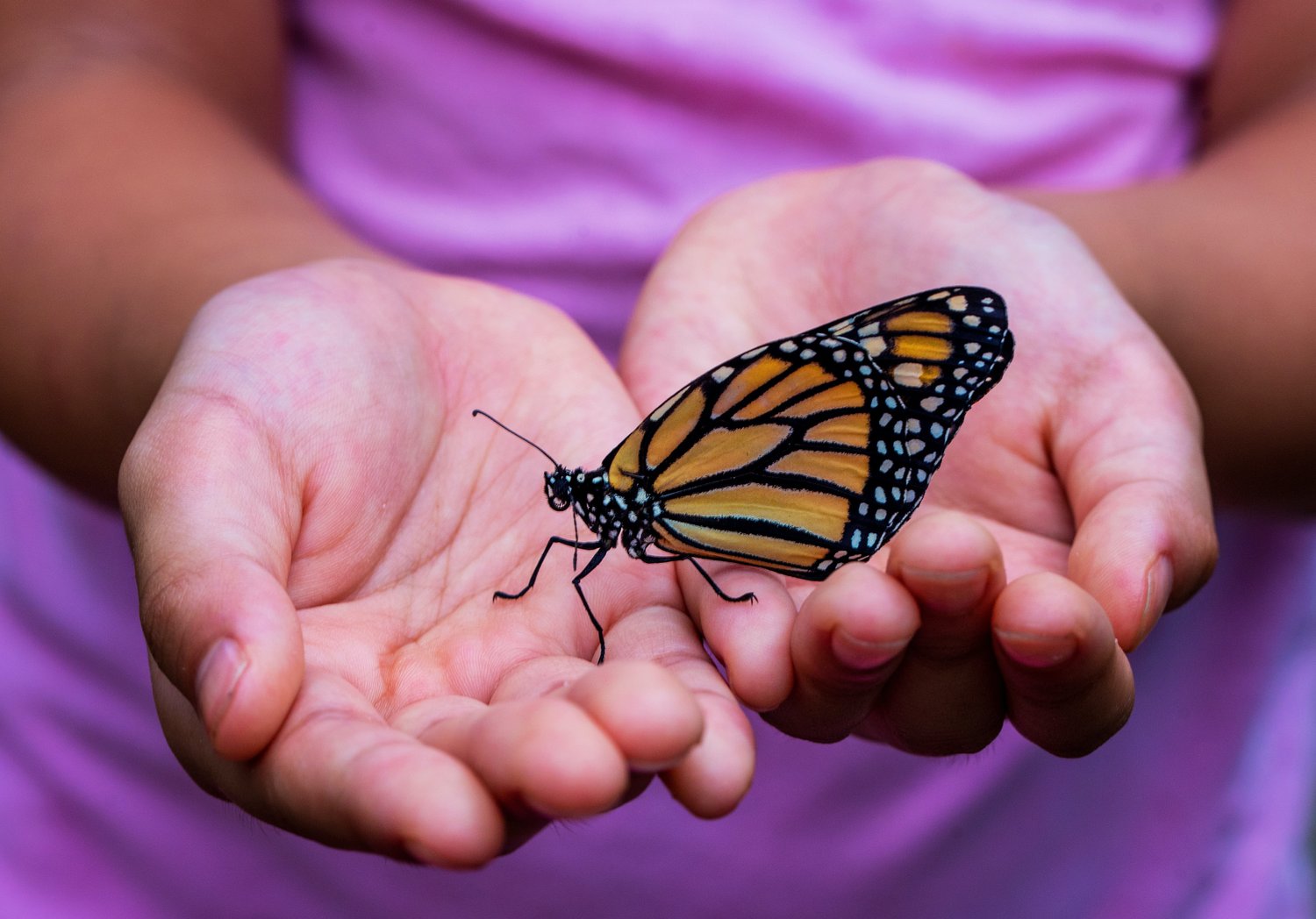When many of her students’ parents share their own well-founded fears or traumatic experiences in the outdoors, Maria builds trust through her ability to relate. Her students’ families know that she understands what it’s like to experience racism in the outdoors, and that she will do everything she can to facilitate safe and positive experiences for her students.
Many of her students have little direct access to wild places. Parents often work two to three jobs, and many don’t have the time, resources, or experience to go on outdoor adventures.
Maria explains that her students have learned about the outdoors through curriculum and books used in school, but often have no lived experience in the outdoors. “When I say pitch a tent,” she says, “they have no idea what that means.”
Maria began incorporating the outdoors into her curriculum after her principal and coaches encouraged an increase in student opportunities for creativity and curiosity. As Maria started venturing outdoors with her students, though, she worried about the questions they may have, and, more importantly, that she wouldn’t have the answers to them.
But now, she says that “every time I take my kids outside, I learn something new.” A student will come up to her with a question, and she’ll readily respond, “I don’t know, let’s look it up, let’s ask somebody.”
In fact, Maria highlights that “listening to what children are bringing to the table is key.” Rather than have specific, rigid expectations for their time outdoors, Maria guides the students based on their questions and interests.
Creating a bird sanctuary was one of Maria’s student-guided projects. The first step was simply putting bird feeders up and observing what happened. Subsequently, the students generated endless questions about the birds, connected with local bird experts who shared their knowledge, and developed an accessible viewing location for students with physical limitations. Maria didn’t have all of the details planned out at the beginning of the project; the path unfolded as the students interacted with the outdoors.
Maria notes the importance of acknowledging children’s fears and hesitations about being outdoors, especially if they have few or negative experiences in the outdoors. Their fears are valid. Maria has found that by digging deeper, she can often help a student work through their worry or provide accommodations for individual barriers.
For example, one of her students was afraid of anything outside that flew. This student was so afraid that she couldn’t enjoy her time outside. By talking with her about this fear, Maria discovered that the student had seen a video of someone dying from a bee sting. Maria helped by providing context and creating a safe space for the student to go indoors if she was feeling uncomfortable.
In another situation, Maria didn’t understand why one of her students was so worried about getting her hair wet. In Maria’s experience, if your hair gets wet, it would soon dry, and all would be well. But not for this student. If her braids or twists get wet, they would be ruined and were not cheap to replace. Understanding the student’s concern in a new way, Maria provided the option of plastic caps for any student who wanted to ensure that their hair didn’t get wet. Maria highlights that she never assumes that a student wants a specific accommodation. Instead, she provides options that students can choose if they like.




